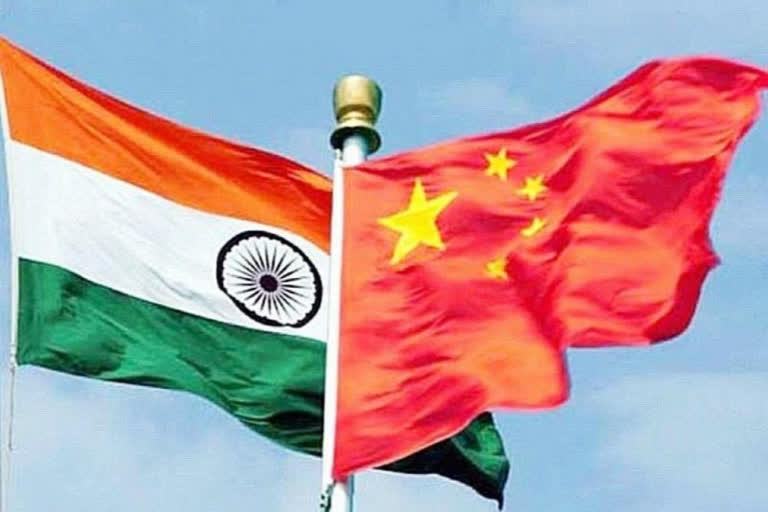New Delhi: Despite a ‘renewed’ belligerence on part of China to aggressively patrol its borders with India, the two Asian giants, into their 70th year of diplomatic relations, have played down fistfights between the military patrol parties in eastern Ladakh and northern Sikkim within a week.
While lauding the critical role that established mechanisms play in preserving border peace and curbing escalations, the Chinese media at the same time warned that such a mechanism may not work all the time.
On Monday, the Chinese government’s mouthpiece ‘Global Times’ in its editorial quoted Qian Feng, a senior fellow at the Taihe Institute and director of the research department of the National Strategy Institute at Tsinghua University as saying that the effectiveness of the communication mechanisms set up by the leaderships and related authorities of the two countries “was demonstrated by this incident…as the problem was solved at the local level and did not escalate to a national level”.
But at the same time, the expert cautioned that while these reoccurring minor issues have not yet hurt China-India relations, “they may in the future.”
“So we need to find opportunities and work out a fair and reasonable resolution to the border issue as soon as possible,” Qian said.
Read: Sikkim border fisticuffs no test of poised India-China relationship
'Global Times' editorials are largely seen as reflecting the China government stand.
On May 5, patrolling parties of the world’s largest armies had a go at each other in the north side of the Pangong Tsa lake in eastern Ladakh.
The fistfight and stone-throwing resulted in quite a few injuries to both sides.
And then again on May 9, a similar fracas took place near the 5,000-metre altitude Naku La pass in north Sikkim.
With the burden of a legacy of a major border clash in 1962, a very similar incident had led to a 73-day-long stubborn faceoff between the two militaries in 2017 in the Doklam plateau near Sikkim before mutual de-escalation.
Read: Indian, Chinese troops clash near Naku La in Sikkim sector
The major reason for such border incidents that number many hundreds every year is due to the perceptional difference of what constitutes the border as both the Indian Army and the PLA have their own perception of where the border lies.
While India abides by the McMahon Line, drawn in 1914, China has refused to formally acknowledge the McMahon Line and accordingly lays claim to 65,000 sq km of territory in Arunachal Pradesh which it calls “Southern Tibet.”
Recently, the number of such border incidents has increased because Indian Army patrol teams now can cover considerable distances by vehicles, which was not the case earlier when only PLA used vehicles in the plateau.
In order to defuse ‘unwanted situations’, the two countries have set up a mechanism of routine Border Personnel Meets (BPM) when the local commanders of the two armies meet at five designated points along the border in Ladakh, Sikkim and Arunachal Pradesh.
Also Read: Sikkim, Ladakh type fistfights between soldiers no test of India-China ties



